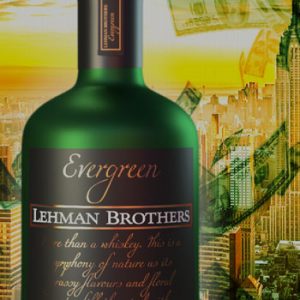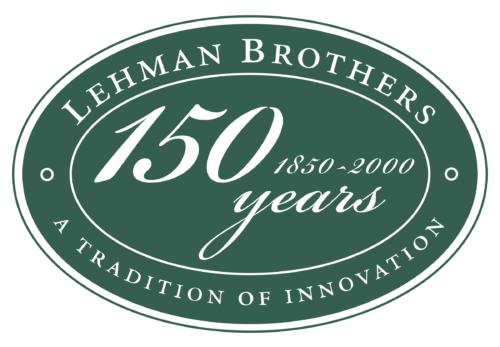Tod Tumey v. Mycroft AI (8th Cir. 2022)
Tod Tumey is a Houston-based patent attorney who represents Voice Tech Corp. Back in 2021, VoiceTech sued Mycroft for patent infringement. The PTO has apparently determined that the asserted claims are not patentable, but that case will be appealed to the Federal Circuit.
Meanwhile, Mycroft allegedly began to a series of “cyberattacks and harassment activity” against Tumey (including hacking attempts and heavy-breathing phone calls). It is clear that Mycroft repeatedly announced that it was fighting VoiceTech as a patent troll and that Mycroft has a strong anti-troll position:
I don’t like letting these matters go quietly. In my experience, it’s better to be aggressive and ‘stab, shoot and hang’ them, then dissolve them in acid. Or simply nuke them from orbit, it is the only way to be sure.
Troll Hunter—Mycroft’s Position on Patent Trolls (February 5, 2020).
Tumey sued Mycroft as well as Mycroft founder Joshua Montgomery and CEO Michael Lewis on several causes of action:
- Racketeering. 18 U.S.C. §§ 1962(c) & 1962(d);
- Hacking. 18 U.S.C. § 1030;
- Privacy violations. 18 U.S.C. § 2701; and
- Additional state and federal claims.
Tumey’s case is pending in the Western District of Missouri (KC). The lawsuit was originally handled by Judge Ketchmark, but as you’ll read below, the 8th Circuit recently ordered the case to be reassigned to a different judge. W.D.Mo. Chief Judge Beth Phillips has taken-up the case.
In the case, Tumey requested a preliminary injunction order that Mycroft and its people cease its incitement of cyber-attacks, phishing, and harassing phone calls. Mycroft responded with sworn declarations promising that no one associated with Mycroft was involved in the cyber-attacks or harassment. Still, the original district court granted a preliminary injunction barring Mycroft and its people from:
- Engaging in, participating in, or recklessly or intentionally inciting any cyberattacks, hacking or other harassment directed at Plaintiffs, including Plaintiffs’ officers, agents, servants, employees, attorneys, witnesses and potential witnesses (including Chilton Webb and Christina Butler), and the family members of any of the foregoing (the “Protected Parties”); and
- Using or disclosing any documents, information, or other materials of any kind obtained from Plaintiffs or any other Protected Party through any unauthorized means.
On appeal, the 8th Circuit vacated the decision finding due process violations (briefing was related to 14-day TRO, but the judge transformed the hearing into a preliminary injunction hearing with only 1-hour notice); and merits problems (“there is a paucity of evidence in this record to find that Mycroft is behind the attacks”). The appellate panel also concluded that the case should be reassigned to a different judge “[b]ecause a reasonable person aware of all the circumstances and events that have transpired so far would harbor doubts about the judge’s impartiality, reassignment to a different judge is appropriate.” In particular, the appellate court suggested that “an objective review of the record demonstrates a degree of antagonism against Mycroft that is higher than that being applied against Tumey.”
After the district court allowed Tumey, over Mycroft’s strenuous objection, to transform his motion for a temporary restraining order to a preliminary injunction on one hour’s notice, the court further fanned the flames during the hearing by sua sponte restricting Mycroft’s access to evidence, or lack thereof, connecting Mycroft to the unlawful conduct that took place. Again, over Mycroft’s objection, the court allowed testimony about the disputes between neighbors in Hawaii when the relevance, if any, of this testimony to the current litigation is marginal and tangential. The preliminary injunction that was ultimately issued went beyond the intended use of maintaining the status quo until the claims can be resolved. When Mycroft sought reconsideration of the preliminary injunction, specifically raising claims regarding the breadth and restraint on speech and publication, the court dismissed, without analysis, Mycroft’s constitutional claims.
Slip Op. On remand, the new district court is considering the defendants summary judgment motion that is currently being briefed.
Meanwhile, Mycroft’s founder Montgomery has sued Tumey in Hawaii alleging tortious abuse of process, conspiracy to extort, defamation, and intentional infliction of emotional distress. “Defendants’ misrepresentations and abuse of the legal and judicial systems intentionally and/or negligently caused Maj. Montgomery severe emotional distress.” The lawsuit more interesting once we bring in Mongomery’s Hawaii next-door-neighbor, Christina Butler. After a handful of negative encounters with Mongomery, Butler located the pending Tumey lawsuit and offered to testify in support of Tumey’s case “believing she possessed bad character evidence about Montgomery that would discredit Montgomery.” Mongomery’s Hawaii lawsuit includes Butler as a defendant and alleges:
First, Defendant Butler provided a photo of Maj. Montgomery attached to a sworn affidavit claiming that Maj. Montgomery was attempting to evade service. Then, Defendant Tumey requested and Defendant Butler provided another sworn affidavit claiming Maj. Montgomery committed criminal property damage by purposefully damaging her main water line the night after her initial affidavit was filed. Moreover, Defendant Butler claimed Maj. Montgomery was responsible for “drone harassment” and trespass, without providing a single piece of evidence to support her allegations.
Montgomery complaint. That case is pending in Hawaii state court.
[quote source]

